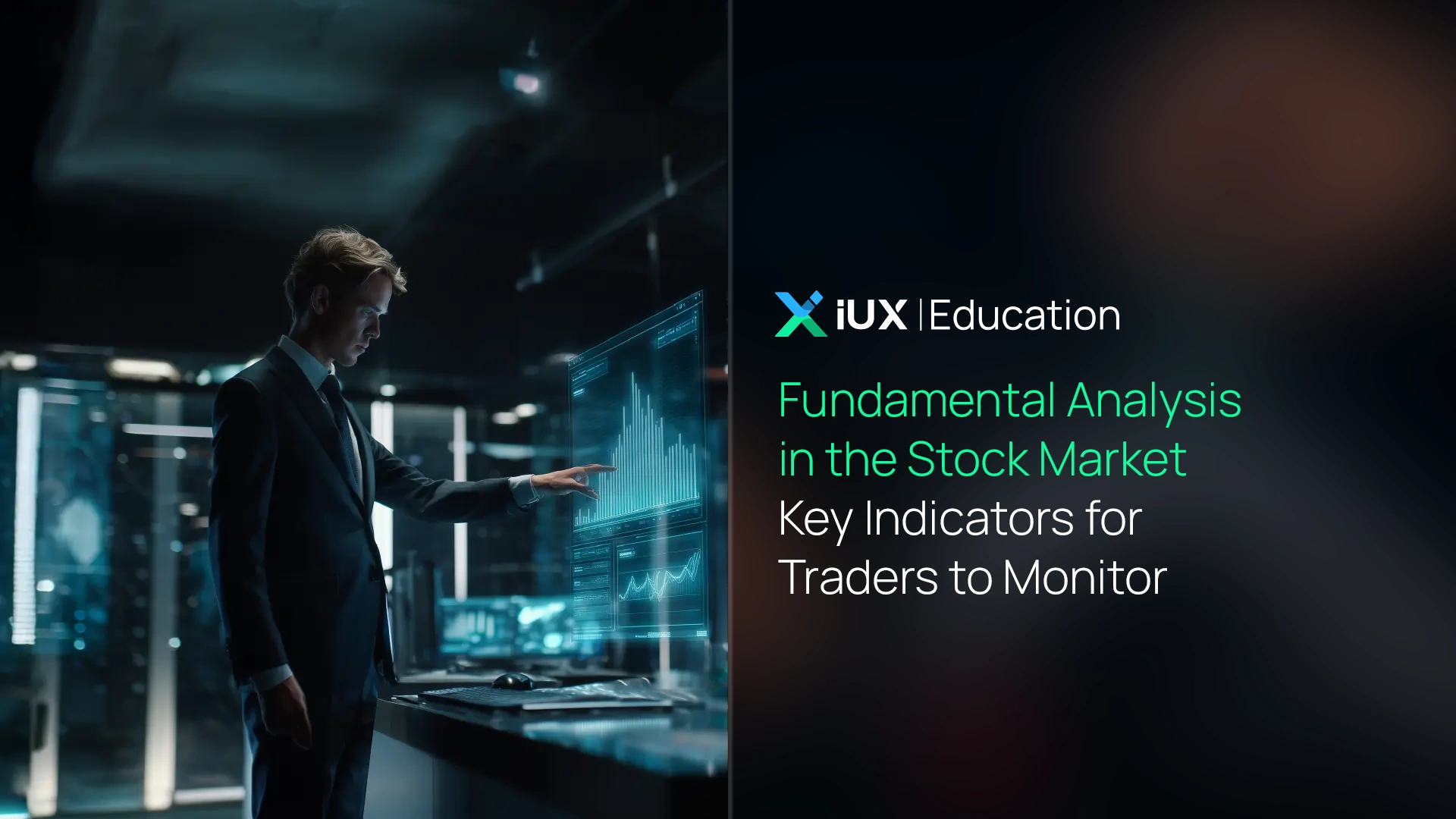CFDs are complex instruments and come with a high risk of losing money rapidly due to leverage. 76% of retail investor accounts lose money when trading CFDs with this provider. You should consider whether you understand how CFDs work and whether you can afford to take the high risk of losing your money.
CFDs are complex instruments and come with a high risk of losing money rapidly due to leverage. 76% of retail investor accounts lose money when trading CFDs with this provider. You should consider whether you understand how CFDs work and whether you can afford to take the high risk of losing your money.

5 Buy/Sell Order Mistakes New Traders Must Avoid
Misconceptions About Buy/Sell Orders in Trading
For beginner traders, Buy and Sell orders are at the core of every trade. But did you know that many people often misunderstand these basic commands—sometimes leading to unexpected losses? Today, we’ll clear up 5 common trading misconceptions that new traders need to fix right away, so you can trade with more confidence and efficiency.
Not familiar with trading terms yet?
Start building a solid foundation with our Beginner’s Guide to Buy/Sell Orders
Misconception #1: Buy Means Buying Cheap, and Sell Means Selling High
The Truth: This is one of the most common misconceptions new traders make. In the world of trading—whether it’s Forex, stocks, or gold—Buy and Sell orders are not about “buying a product” in the traditional sense.
Buy/Sell orders are based on price speculation, not physical ownership.
-
Buy (Long Position): You expect the price to go up in the future.
-
Sell (Short Position): You expect the price to go down.
Example: You can place a Sell order for gold even if the current price hasn’t dropped yet. This action is called “opening a Sell order.” You're speculating that the gold price will fall in the future. If your prediction is correct and the price does drop, you can close the order at the lower price and profit from the difference.
Learn how to place your first order:
Check out our guide on How to Place Buy/Sell Orders on IUX
Misconception #2: You Should Only Place Buy/Sell Orders During High Market Volatility
The Truth: Many beginners believe they need to wait for big market moves or major news events to place trades and make significant profits. In reality, there are many trading strategies suited for different market conditions—whether the market is highly volatile or moving sideways.
-
High Volatility: Ideal for trend-following strategies or fast-paced trades like scalping.
-
Sideways Market (Low Volatility): Works well for range trading or waiting for reversal signals.
The key is having a solid entry plan—and one of the most effective tools is the Pending Order, which allows you to set up trades in advance without watching the screen all day.
What is a Pending Order? A Beginner’s Guide to Using Buy Limit and Sell Stop Commands
Misconception #3: Skipping Stop Loss and Take Profit Because “I Can Manage It Myself”
The Truth: This is one of the biggest risks for new traders. Many avoid setting Stop Loss (SL) or Take Profit (TP) orders, thinking they can monitor the market manually or that prices will eventually bounce back. This mindset is a major obstacle to consistent profits.
-
Stop Loss (SL): A predefined point to limit your losses and prevent deeper drawdowns.
-
Take Profit (TP): A target level to lock in profits when the market hits your expected price.
SL and TP are essential tools for trading discipline—not just for beginners, but for professional traders as well. They help protect your capital and secure profits without emotional decision-making. 1
Learn more on What are Stop Loss and Take Profit
Misconception #4: Trading with a High Lot Size Will Help You Make Faster Profits
The Truth: Trading with a large lot size—especially when you don’t fully understand how leverage and margin work—can quickly get out of control, especially in fast-moving markets.
-
Lot Size: The volume of your trade. The higher the lot size, the greater the risk.
-
Leverage: A tool that allows you to trade with more exposure than your actual capital. While it can amplify gains, it also magnifies losses.
-
Margin: The required deposit your broker holds to open and maintain a position.
Using high leverage without proper risk management and understanding can easily trigger a Margin Call—where your broker demands more funds to cover potential losses—and could ultimately wipe out your account.
To understand before trading: What is the difference between Leverage and Margin?
Misconception #5: The Mistake of Fixing Wrong Buy/Sell Orders Incorrectly
The Truth: New traders often assume that placing the wrong Buy or Sell order is just a minor mistake that can easily be corrected by placing the opposite order. But in reality, this isn’t a simple reversal—it’s a complete shift in your trading strategy and the market direction you initially planned for.
Example: Let’s say you planned to Buy gold, expecting the price to rise. But you accidentally placed a Sell order instead. That means you’re now betting on the opposite direction of your original analysis. If the market moves upward as you originally expected, you could face unexpected losses because your current position contradicts your forecast.
How to double-check before placing a trade:
-
Double Check Everything: Always confirm your direction (Buy/Sell), lot size, SL/TP, and price before hitting “Confirm.”
-
Trade with a Clear Mind: Don’t rush into trades or act based on emotion.
-
Practice with a Demo Account: Use a demo account to build confidence and gain experience with order types and market mechanics before risking real money.
Go back to the "Beginner’s Guide to Buy/Sell Orders" to reinforce your understanding of essential trading terms.
Even though trading may seem complicated to beginners, the truth is that making a profit from global assets isn’t hard—if you start with the right system and the right platform. IUX is designed to be user-friendly, catering to both beginners and active traders who value speed and flexibility. With fast, delay-free order execution and a wide range of tradable assets—from Forex and indices to gold and ETFs—IUX helps you stay in control of your trades and start building your dream portfolio from day one.
▶ Start trading with IUX today and let us be a part of your investment journey.
Note: This article is intended for preliminary educational purposes only and is not intended to provide investment guidance. Investors should conduct further research before making investment decisions.


